
Promenaders reach Villa Haar via a long outside staircase that connects the building with the Ilmpark. Trees provide shade during the ascent, revealing a neo-Renaissance style villa. The stairwell surprises with romantic wall paintings. [German]
You only see what you know (Goethe)

Promenaders reach Villa Haar via a long outside staircase that connects the building with the Ilmpark. Trees provide shade during the ascent, revealing a neo-Renaissance style villa. The stairwell surprises with romantic wall paintings. [German]
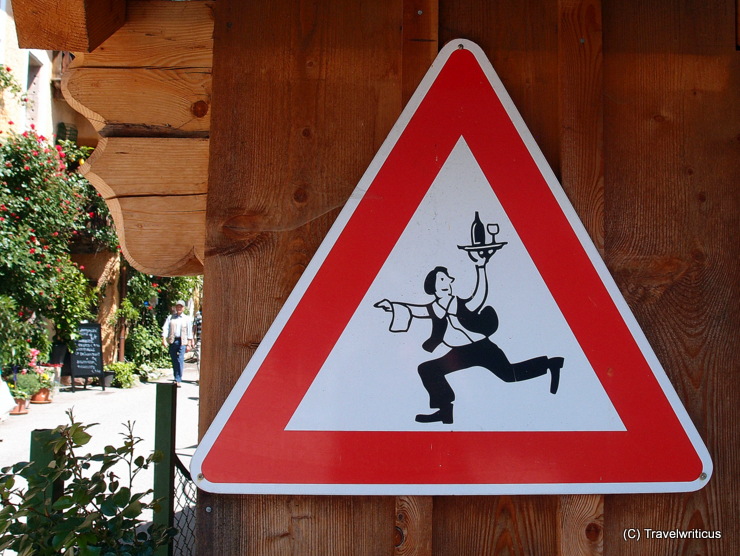
Beware of the dashing garçon! I saw this – probably unofficial – traffic sign in Hallstatt next to the famous Hallstatt Lake. It makes people aware of waitstaff crossing the street. A local restaurant and its open-air seating area occupy different sides of the lane.
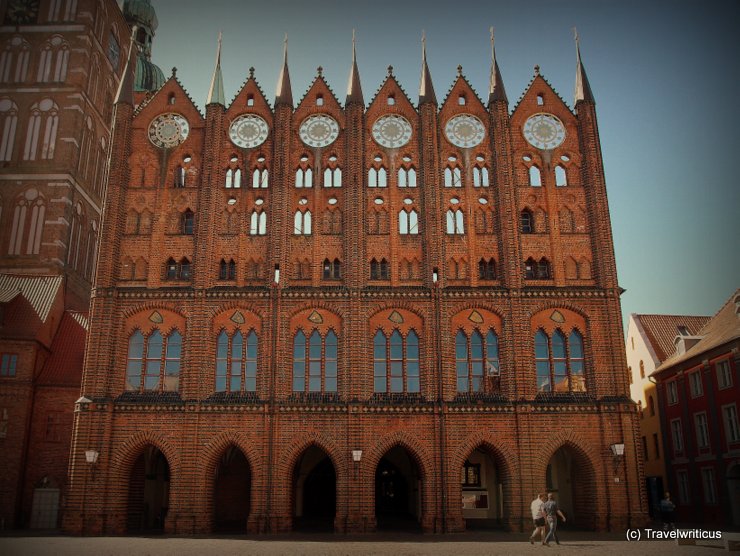
The Gothic town hall in Stralsund dates back to the 13th century. You will find this iconic piece of architecture on Old Market Square. It is considered one of the most important secular buildings of northern German Brick Gothic architecture.
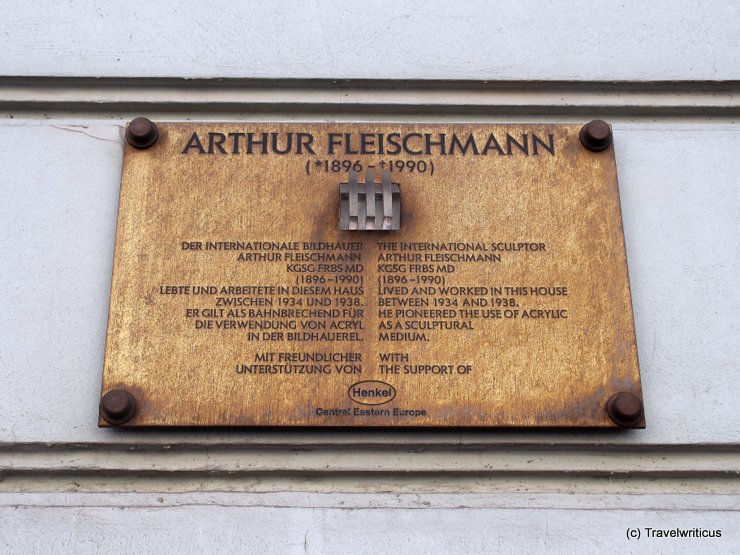
This memorial plaque on the Favoritenstraße 12 in Vienna reminds passers-by of the Slovakian-born sculptor Arthur Fleischmann. The design is pretty clever. A piece of acrylic refers to the fact that the artist used this material in his works many times. [German]

This sign stands near a wood with a high squirrel population in Bük. It happens to be that the depiction of a squirrel turns into the mascot for children at the nearby Bükfürdő spa. The name of this very special squirrel is Otto.

You find this house sign on a Renaissance building in Erfurt, generally known as the Haus zum Stockfisch (House to the Stockfish). Today, the building hosts the municipal museum of Erfurt. [German]
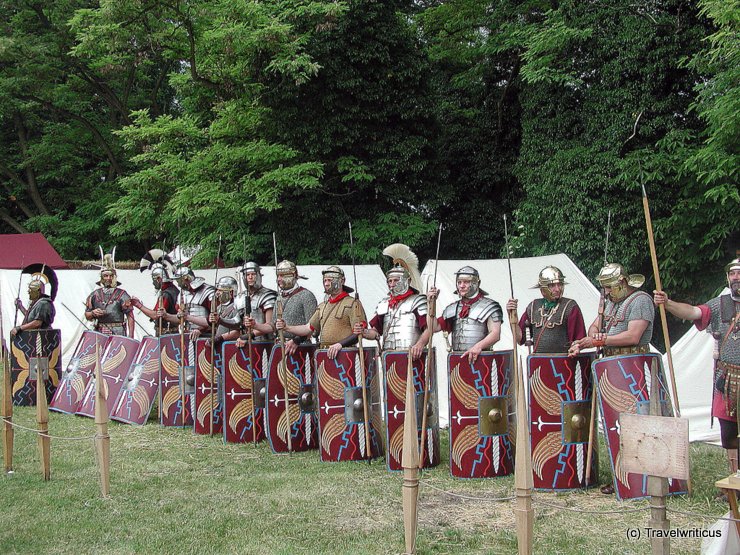
The Carnuntum Archeology Park hosts reenactment festivals with shows about Roman military routines and civic customs several times yearly. Numerous friend societies of Roman history provide visitors with broad information and even Roman food.

Thoughtful monument to Nicholas Winton located at the platform 1 of Prague main railway station. 669 Jewish children were rescued by trains organized by him in 1939. These trains brought the children to London just before World War II started.

On my urban walk through Naumburg (Saale), I loved to look at all the different gable dormers. The city in the German state of Saxony-Anhalt offered a lot of them. For example, I saw these bonneted dormers at the Renaissance city hall.

The Getreidegasse is the most famous lane of Salzburg. The alley is known for a plethora of wrought iron guild signs, worth a look. Even an American fast-food chain uses a classic house sign above its entrance. [German]
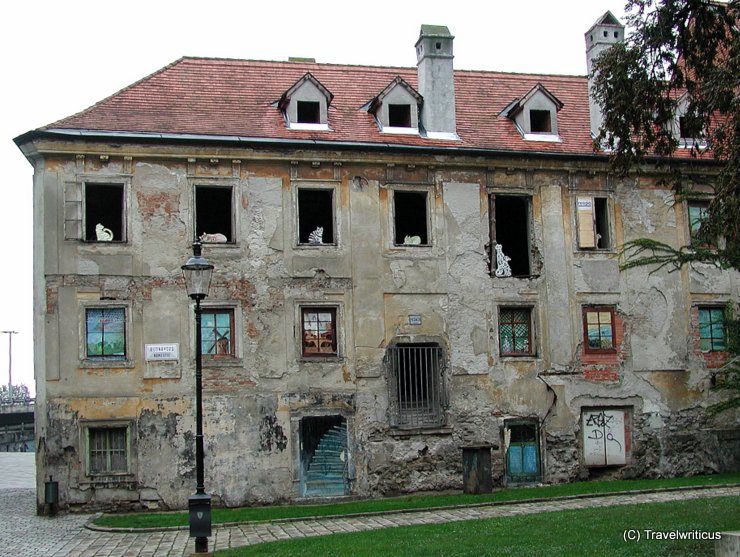
When I visited Bratislava in 2004, I walked through a captivating quarter of deserted houses. A fine example was this building. The more you look at it, the more you see. After a few minutes, I discovered several animals, a windmill, and a fake staircase.
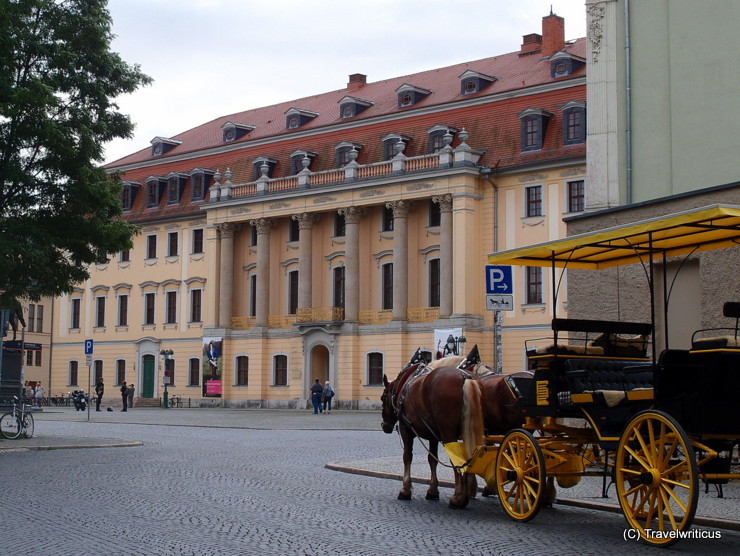
The Fürstenhaus in Weimar is a building with much history. Planned as a site for an authority, it turned into the residence of a Duke. After hosting a series of parliaments, it houses the “University of Music FRANZ LISZT Weimar” today.